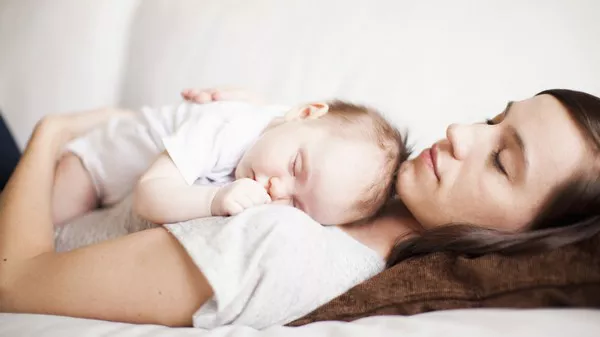In the world of parenting, new moms and dads often find themselves wondering about the nitty-gritty details of their newborn’s well-being. One common question that frequently arises is, “How many wet diapers should a newborn have?” In this comprehensive guide, we’ll delve into this essential aspect of infant care, providing you with insights and information to ensure your little one’s health and comfort.
1. Understanding Wet Diapers:
Let’s begin by understanding the significance of wet diapers. For a newborn, a wet diaper serves as an indicator of proper hydration and overall health. It’s how your baby’s body eliminates waste, primarily in the form of urine. Monitoring the frequency and consistency of wet diapers can give you valuable insights into their well-being.
2. Frequency Matters:
During the first few days of life, it’s common for your newborn to have only a few wet diapers. This is because their tiny stomachs can hold very little, and breast milk or formula intake is relatively low. On day one, you can expect just one wet diaper. By the end of the first week, though, your baby should have around six wet diapers per day.
3. The Diaper Count:
To ensure your baby is well-hydrated and nourished, you should aim for the following diaper count milestones:
Days 1-2: 1 wet diaper per day.
Days 3-4: 2 wet diapers per day.
Days 5-6: 3 wet diapers per day.
Days 7-8: 4 wet diapers per day.
Days 9-10: 5 wet diapers per day.
Day 11 onwards: 6 or more wet diapers per day.
Keep in mind that these numbers are just guidelines and can vary from baby to baby. Some infants may exceed these counts, which is generally a positive sign of good hydration and feeding.
4. Monitoring Diaper Wetness:
Understanding what constitutes a wet diaper is equally important. A wet diaper should feel noticeably heavier and may make a squishing sound when touched. You should also observe clear to pale yellow urine in the diaper. If you notice dark or concentrated urine, it could be a sign that your baby needs more fluids.
5. Breastfeeding vs. Formula Feeding:
The frequency of wet diapers can differ based on whether you’re breastfeeding or using formula. Breastfed babies tend to have more frequent, smaller wet diapers, while formula-fed babies might have fewer but larger wet diapers. This is because breast milk is more easily digestible, leading to more frequent feedings and diaper changes.
6. Keeping a Diary:
To stay on top of your newborn’s diaper count, consider keeping a diary for the first few weeks. Jotting down each wet diaper change can help you track the progress and ensure that your baby is meeting the recommended diaper count milestones.
In conclusion, understanding how many wet diapers a newborn should have is a crucial aspect of infant care. By monitoring their diaper changes and following the guidelines outlined in this article, you can rest assured that your baby is well-hydrated and on the right track to healthy development. Remember that every baby is unique, so consult with your pediatrician if you have concerns about your baby’s diapering patterns. Ensuring your baby’s comfort and well-being is a top priority, and being informed is the first step on this incredible parenting journey.
FAQs about how many wet diapers newborn
How many wet diapers should a newborn have in a day?
On average, a newborn should have at least 6 to 8 wet diapers in a 24-hour period.
Is it normal for a newborn to have fewer wet diapers in the first few days of life?
Yes, it is normal for a newborn to have fewer wet diapers in the first few days, often around 1 to 3 wet diapers a day. This can be due to the concentrated nature of early newborn urine and will typically increase as the baby starts to feed more.
How can I tell if my newborn’s diaper is wet?
You can tell if a diaper is wet by feeling it. A wet diaper will feel heavier and appear saggy compared to a dry one. Most disposable diapers also have a color-changing indicator that can turn blue or yellow when wet.
What if my newborn has more than 8 wet diapers in a day?
Having more than 8 wet diapers a day is generally a positive sign that your baby is well-hydrated and getting enough breast milk or formula.


